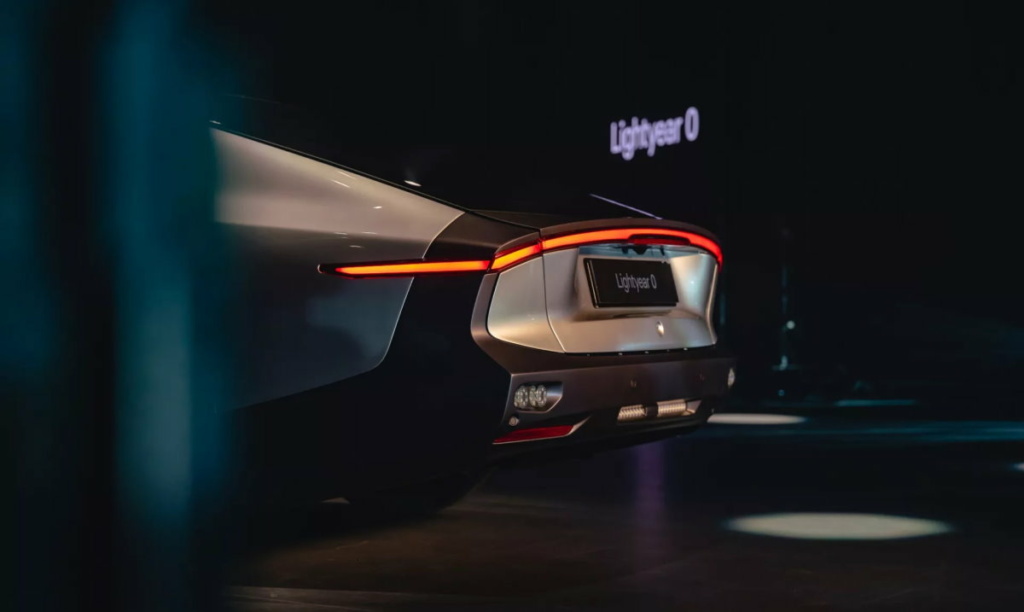
Lightyear wanted to reinvent the wheel
When it comes to Lightyear, I’ve always felt I was missing something. What’s the added value of solar panels on a car? When the sun is out, you can drive a few kilometers for free. But the roof of your house fits a lot more panels, taking you quite a bit farther. Of course, a solar car can be recharged anywhere, but even under ideal conditions, the overall range extension is rather limited. Is that something people will be excited about when charging stations become plentiful and dozens of car manufacturers flood the market with cheap and comfortable ‘ordinary’ electric cars?
There’s no denying that Lightyear generated a lot of infectious enthusiasm. When a bunch of young guns with a lust for entrepreneurship set to do what cynical journalists and experts say is impossible, it’s hard not to root for them. In retrospect, however, it might have been better if there had been more pushback.
To get meaningful mileage out of solar panels, you need an ultra-efficient car. That’s exactly what Lightyear has set out to manufacture. The startup sketched out a super-aerodynamic droplet body, hunted down unnecessary weight Formula 1-style, conceived its own complex in-wheel motor technology and developed a powertrain based on SiC power electronics. Pretty cool stuff, but also really expensive.
In the highly regulated automotive world, it easily takes a billion euros to introduce a new model. Lightyear had to start from scratch and yet decided to go for it in the most expensive and risky way possible. Why not focus on what sets you apart – in-roof solar technology – and see if you can make that work with sourced components? There will always be room for improvement down the road.
He who doesn’t know history is doomed to repeat it. There’s no shame in Lightyear’s youthful management not being aware of the pricey lessons that Philips has taught the Dutch high-tech in the past, but why was there nobody around to teach it? Well into the 21th century, the Brainport apparently still hasn’t shaken off the not-invented-here syndrome.
It’s possible that Lightyear’s leadership brushed off all advice. But that would point to some serious lack of oversight. I’m not saying the company’s inexperienced management needed a babysitter, but when hundreds of millions are poured into a company, you’d expect investors to insist on some safeguards. You know, a seasoned automotive veteran in the passenger seat to act as a sounding board.
It all feels like everyone got a little overexcited and overconfident. Hubris is also what emerges from a reconstruction by Het Financieele Dagblad about the events leading up to the bankruptcy filing. With over six hundred employees plus a bunch of highly paid consultants on board and financial commitments to Finnish production partner Valmet, the startup was hemorrhaging money by the end of last year. Even though the company was hurtling toward a concrete wall, management didn’t take its foot off the pedal, confident that new capital would be raised in time, just as it had on previous occasions. Except, of course, the investment climate had cooled considerably.
My skepticism about the solar car concept hasn’t been dispelled, but I sincerely hope that a reborn Lightyear will blossom. Injected with a healthy dose of harsh reality, there may be a bright future for the company yet, be it as a car manufacturer or an automotive supplier.
Main picture credit: Lightyear





